Camellia flowers bud in the middle of summer, and extra care and attention are required during the fall to ensure an abundance of blooms for the Lunar New Year festival. Otherwise, you’ll find that the small buds that form so easily will drop off during autumn and winter, resulting in no flowers to enjoy for the year.
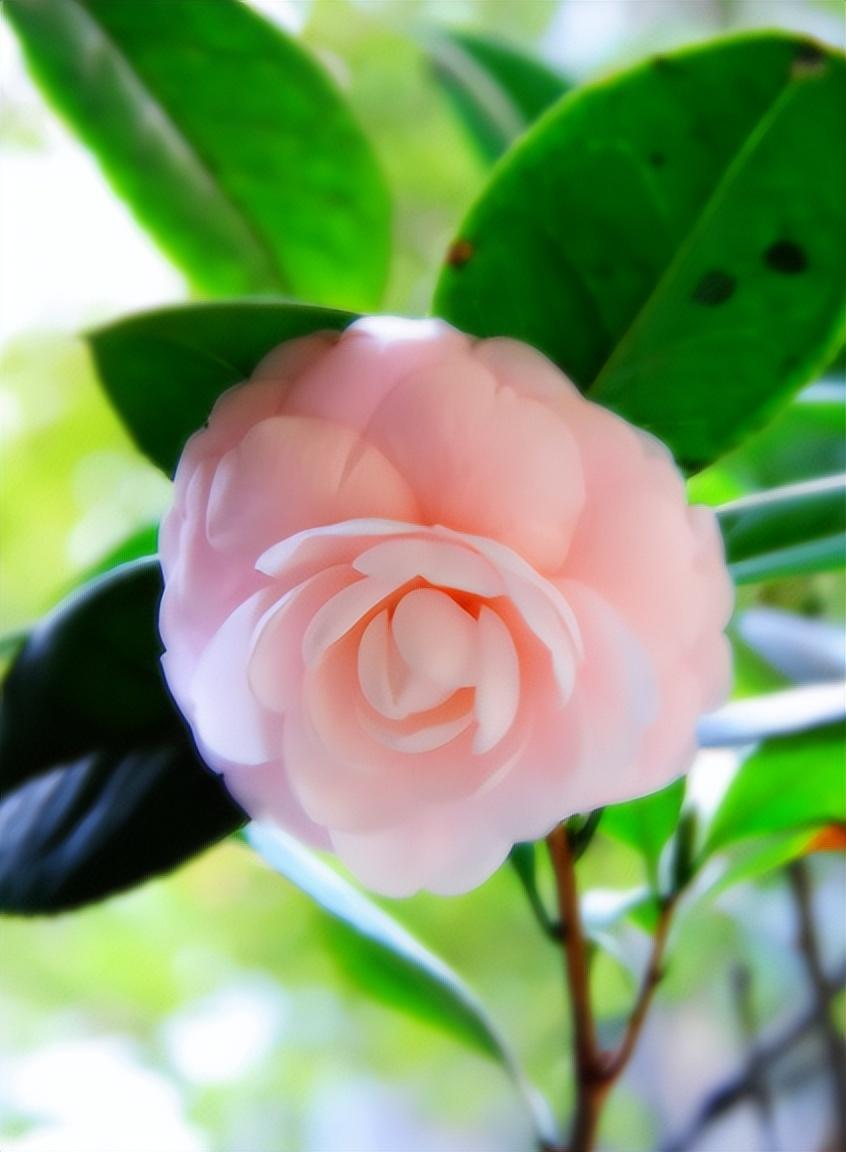
1. Prepare the Soil
Camellias grown in pots require fertile, loose, well-draining, and organically rich soil. The soil for camellias should also have the right acidity. You can use a mixture of leaf mold, garden soil, sand, and base fertilizer in equal proportions after mixing.
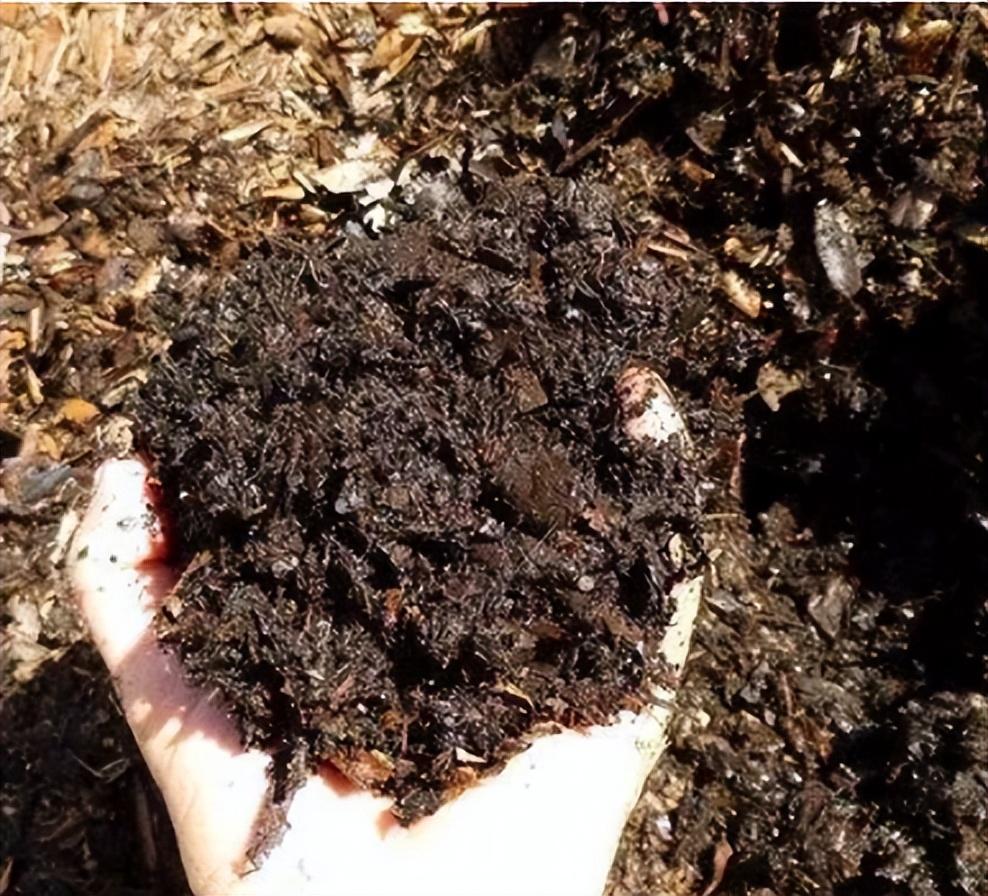
2. Provide Ample Light
During the summer, camellias are usually kept in a semi-shaded area, but as fall begins, they need to be provided with more light and moved to a location with sufficient sunlight to ensure they receive more than 4 hours of sunlight each day. This will encourage blooming for the Lunar New Year festival.
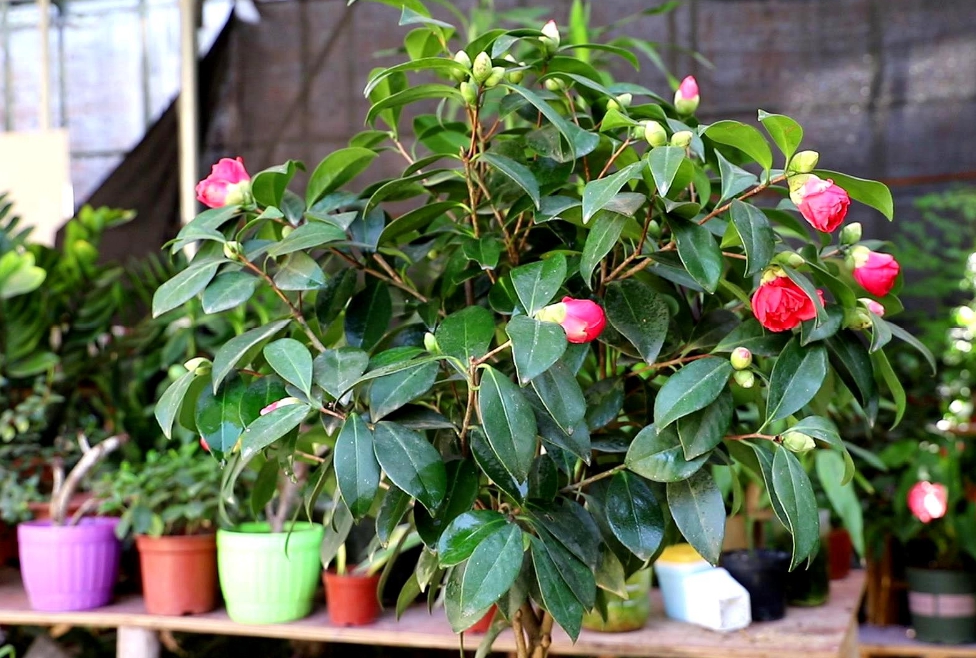
3. Control Watering
Camellias typically prefer moist soil, but when the weather cools down in the fall, pay attention to rainfall if they are planted outdoors. Regularly check the soil to maintain moderate moisture and avoid waterlogging, or the leaves will wither and turn yellow, and the buds will drop. Just wait until the top layer of soil dries out before thoroughly watering again.
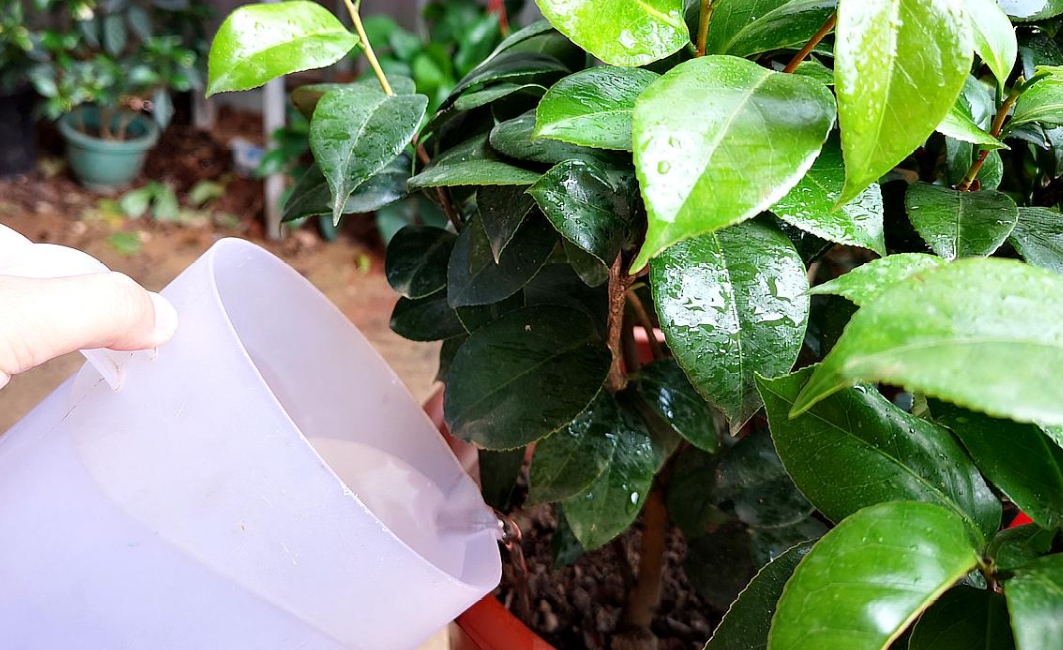
4. Regular Thin Fertilization
Camellia buds form in summer and develop rapidly in the fall, so this is a critical period for nutrient accumulation. Ensure sufficient nutrition by applying liquid fertilizer, slow-release fertilizer, or a mixed fertilizer once every half month to maintain the health of the plant and flowers. After October, fertilize every ten days so they can bloom in time for the Lunar New Year festival.
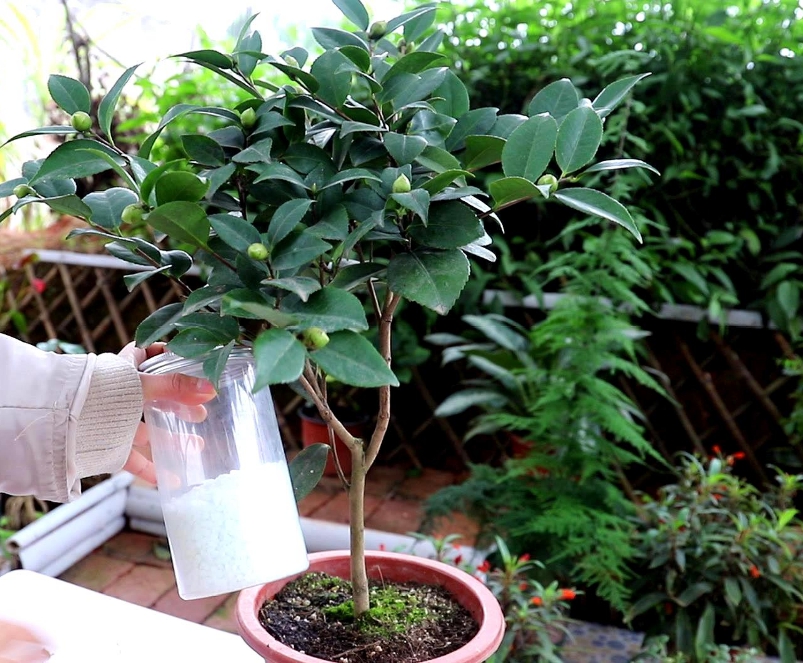
5. Prune and Thin the Buds
To ensure the flowers have enough nutrients to bloom, thin out and prune the buds timely, keeping only 2 strong buds on each branch and pinching off the rest with your fingers. Remove the weaker buds and leave the stronger ones to ensure the remaining buds receive adequate nourishment and produce larger, more colorful flowers.
At the same time, pay attention to pruning any withered or diseased branches and leaves to concentrate the nutrients on the growth of new buds and flowers.
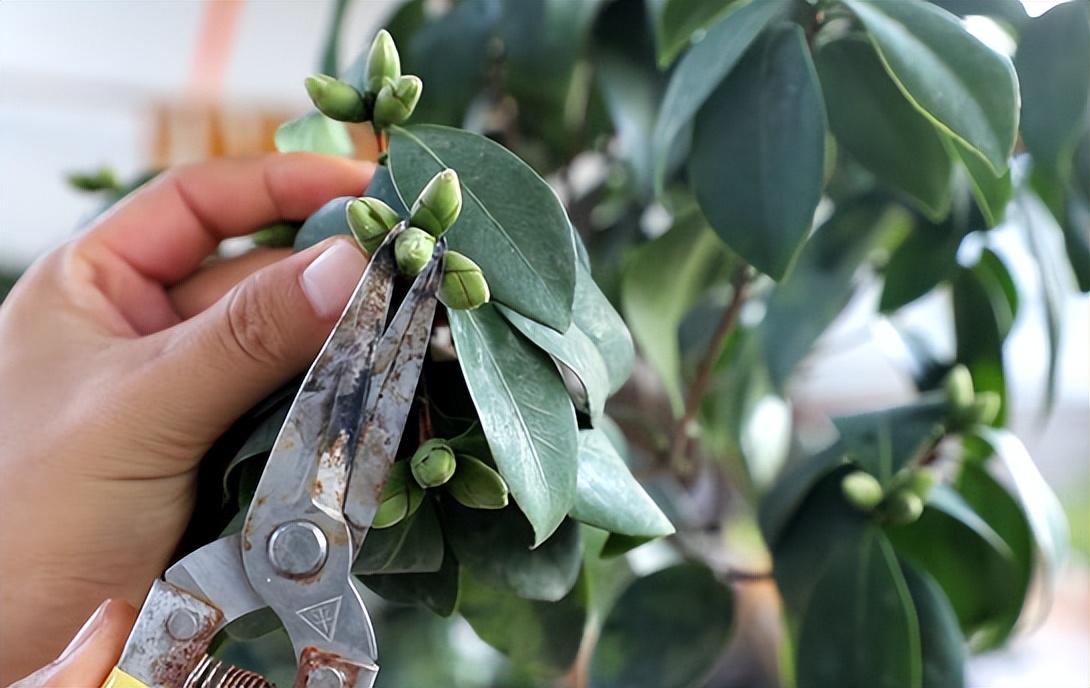
6. Control Pests and Diseases
Regularly inspect the leaves and flowers of camellias in the fall and promptly remove any fallen leaves to reduce the risk of pests and diseases. Use pesticides once or twice a week to detect any infestations. If you spot fungi, mildew, yellow leaf edges, etc., spray with carbendazim three times in a row, with a one-week interval.
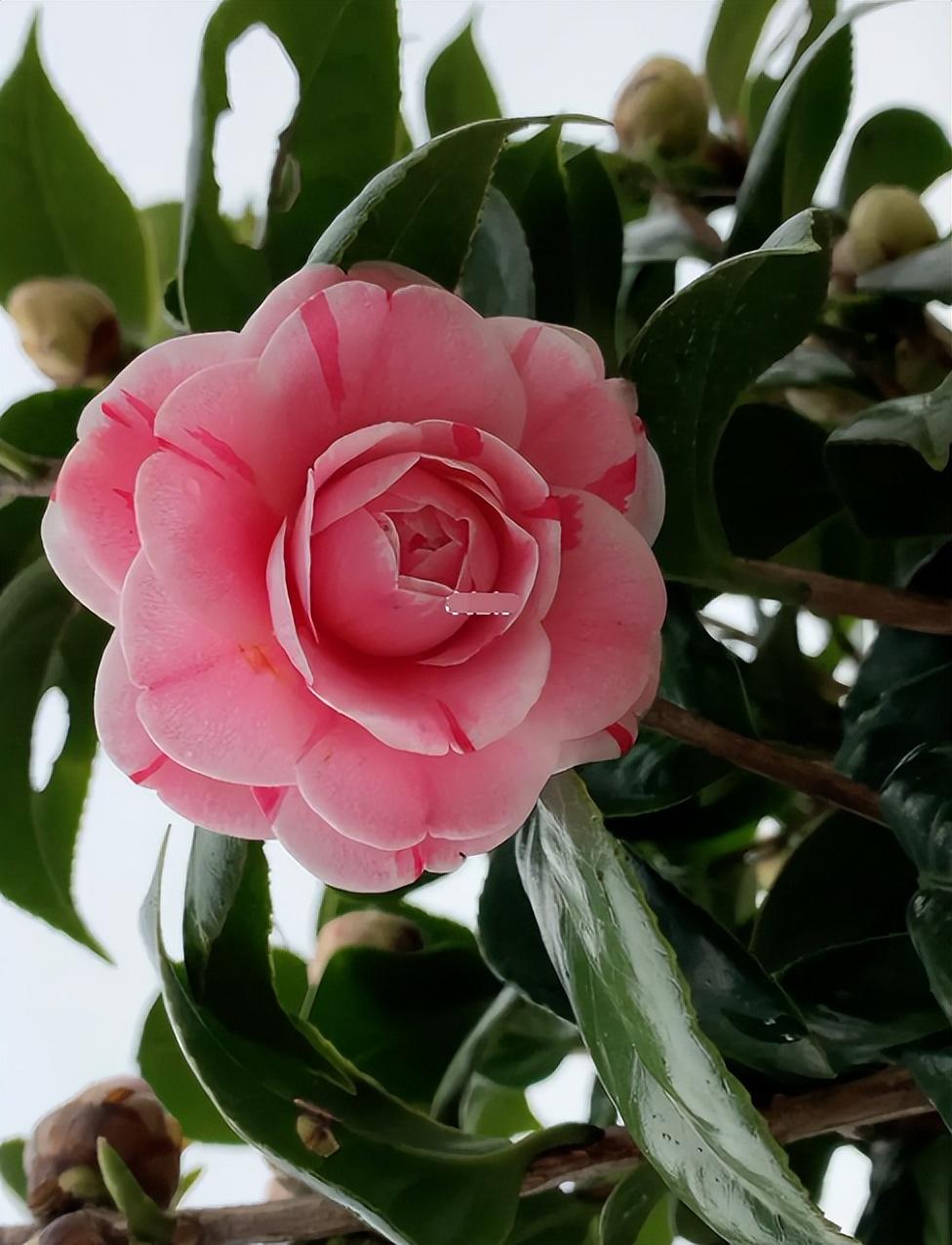
According to phunuvietnam.vn
The Secret to Vibrant Roses: Unveiling the 2 Essential ‘Miracle Workers’ You Need to Know About
Are you eager to transform your rose garden into a vibrant and blooming oasis? Discover the two “secret ingredients” that roses absolutely adore. One is tailored to promote vigorous growth, while the other works its magic to encourage larger, more beautiful blooms that last longer. Uncover the key to a stunning rose garden that will be the envy of your neighborhood.






































